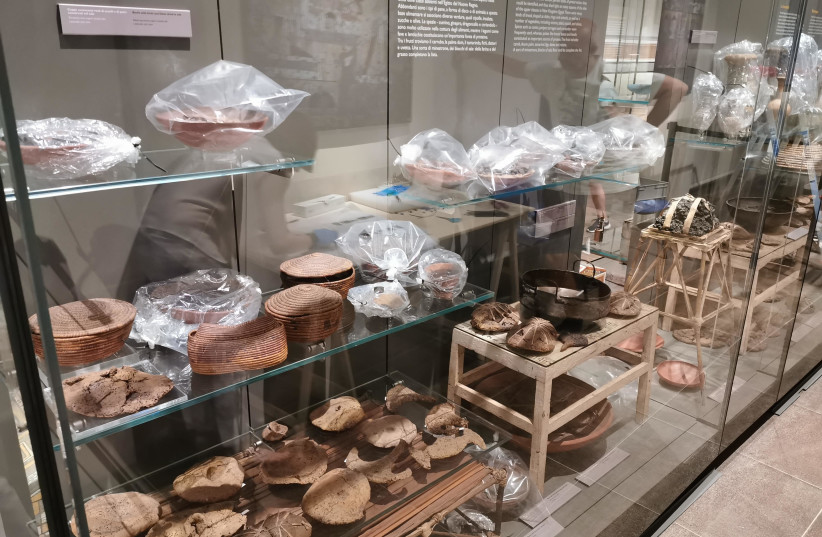Modern technology records smells meant to accompany ancient Egyptians into afterlife
Transportable mass spectrometer detected and analyzed scents in non-invasive way.
Discovered in 1906 and now preserved at the Egizio Museum (Egyptian Museum in Italian) in Turin, Italy, the collection constitutes the most abundant, complete and well-preserved non-royal Egyptian burial assemblage ever found.
As an added bonus, the tomb was never plundered because it had been sealed shut by a landslide in ancient times.
Fortunately, the discoverer of the tomb, Egizio Museum director Ernesto Schiaparelli, conducted limited investigations of a few non-unique items, leaving most of the assemblage untouched. This farsighted decision has enabled contemporary scholars to study such exceptional archaeological findings with noninvasive approaches that could not have been foreseen at the time, the researchers noted in their report that appeared in the recent edition of Journal of Archaeological Science.

Researchers used cutting-edge noninvasive SIFT mass-spectrometer to analyize the volatile organic molecules--the scent--of organic remains from a 3,400 year old Egyptian tomb (credit: EGIZIO MUSEUM OF TURIN)
Using a transportable mass spectrometer, known by the initials SIFT-MS, the researchers were able to show that the volatile compounds – the scent – still emitted by organic materials in the vessels can be chemically analyzed and detected in a completely noninvasive way directly in museums without having to move the valuable items.
“The experimental design and the analytical approach that we used does not need to sample the investigated material itself, because the SIFT-MS analyses the volatile organic molecules that are in the air that is in contact with the material,” explained researcher Francesca Modugno of the department of chemistry and industrial chemistry of the University of Pisa. “We concentrated the released volatiles by enclosing the vessels in inert plastic bags for about one week before the measurements.”
The researchers said this proved that the use of this technology is a reliable fast-screening method for archaeological investigations directly in museums, allowing for the unique possibility of extending the research of vessels and jars.
“Identifying the materials associated to burial assemblages provides a unique possibility to complement, confirm and extend the archaeological research on ancient rituals and on the use and purpose of archaeological vessels and jars,” said Modugno.
The ability to analyze the released volatile molecules gives information on their chemical composition and the nature, of the material emitting the smell, she said, so that researchers can learn more about which materials were included in the burial assemblage without sampling them.
“Sampling such type of archaeological objects is absolutely impossible, they are unique and generally too precious to be submitted to extensive conventional destructive chemical analysis,” she said.
The research is part of a larger international research project begun in 2017 by the Egizio Museum in honor of the bicentennial of the collection in 2024, which aims to publish a digital data repository and a full study of the tomb.
THIS PAGE WAS POSTED BY SPUTNIK ONE OF THE SPUTNIKS ORBIT BLOG



No comments:
Post a Comment
Stick to the subject, NO religion, or Party politics